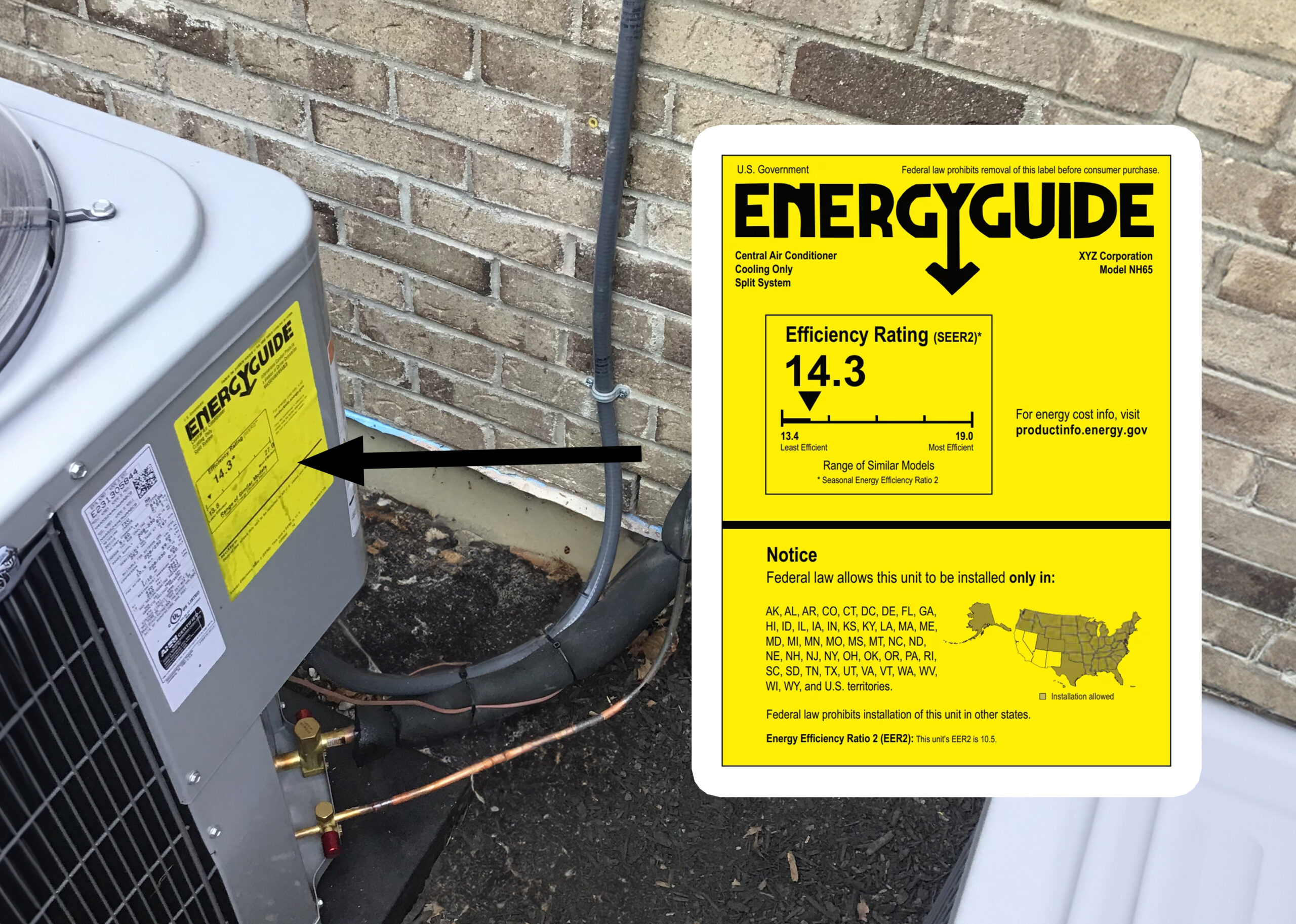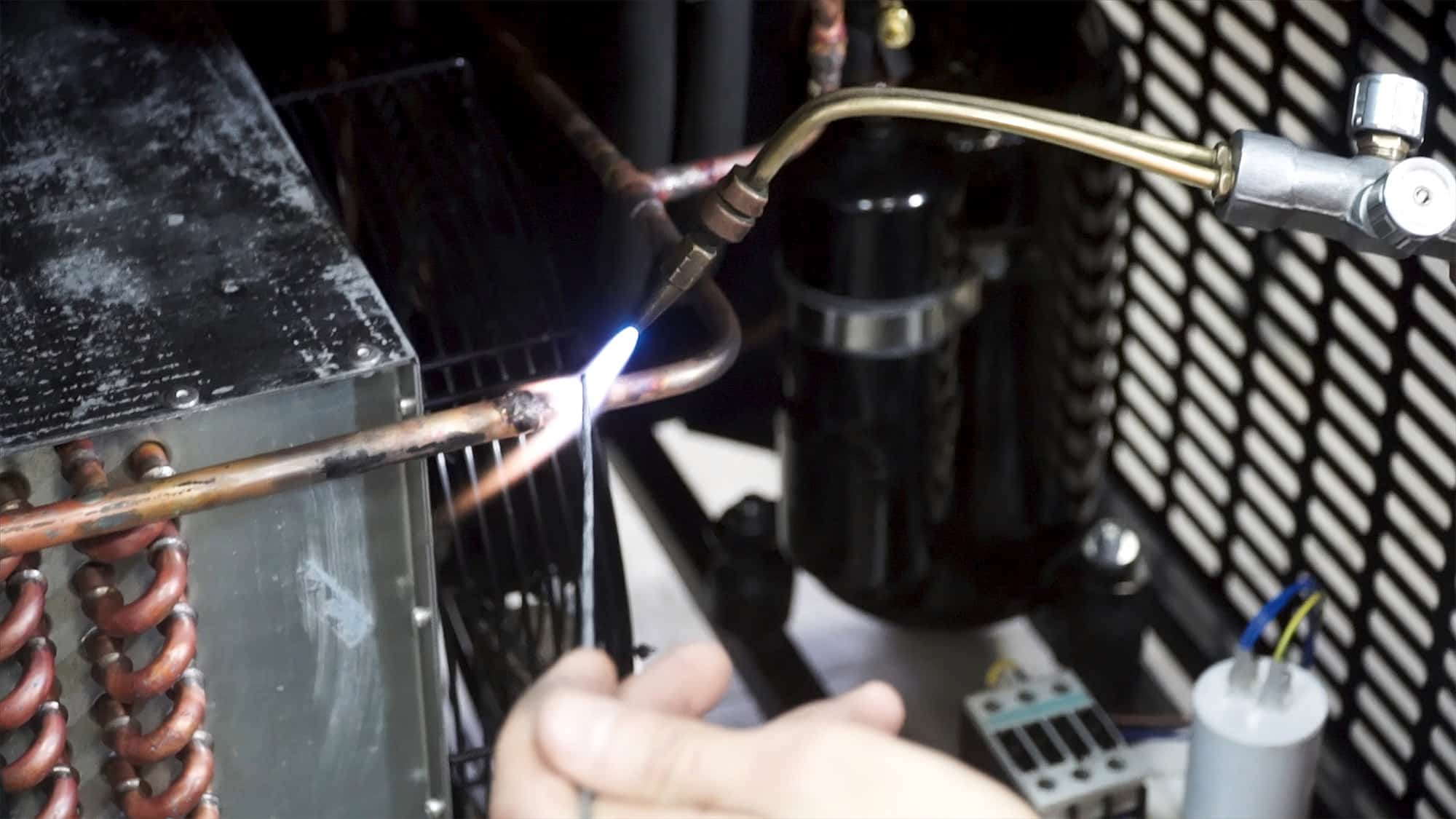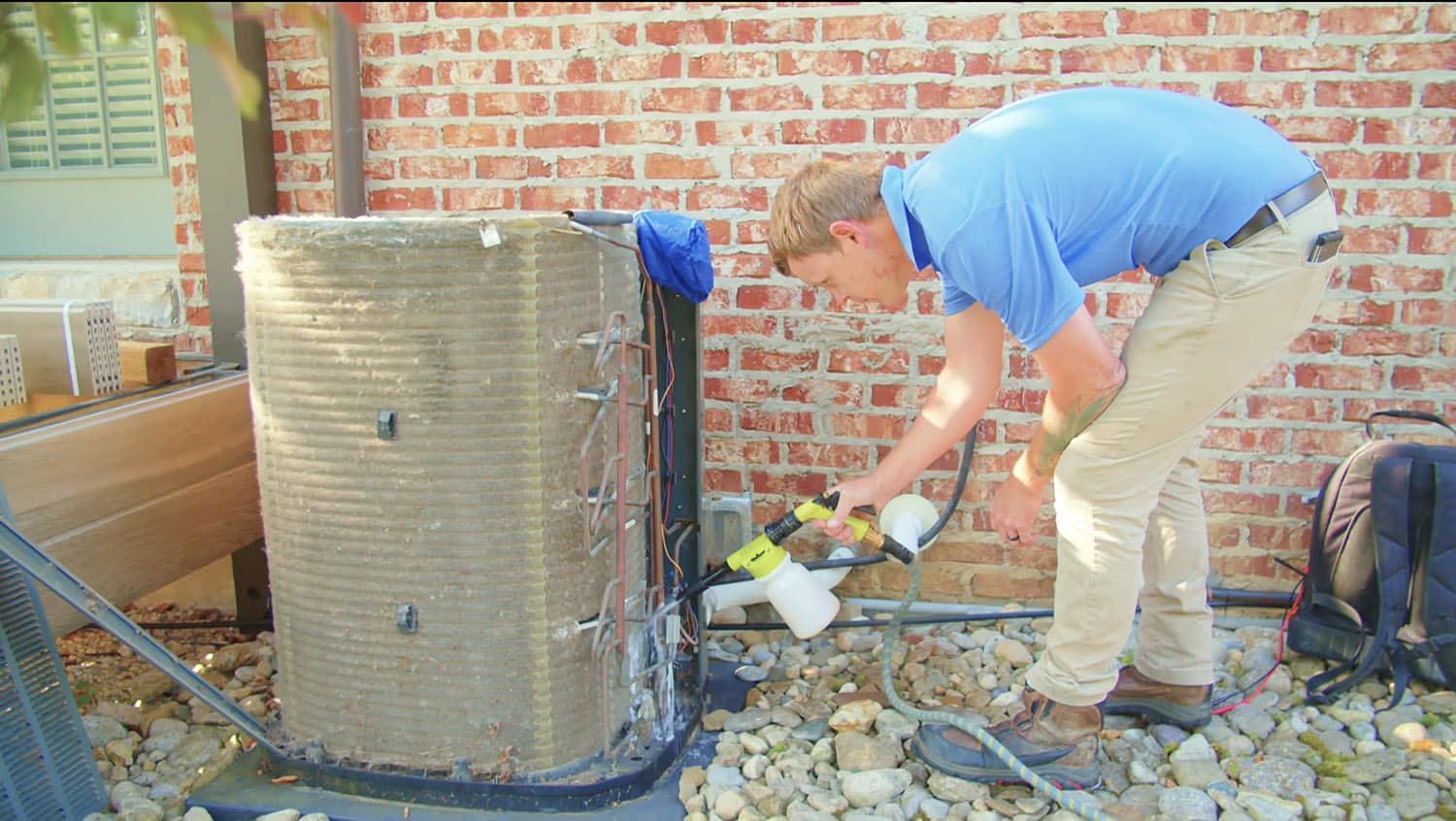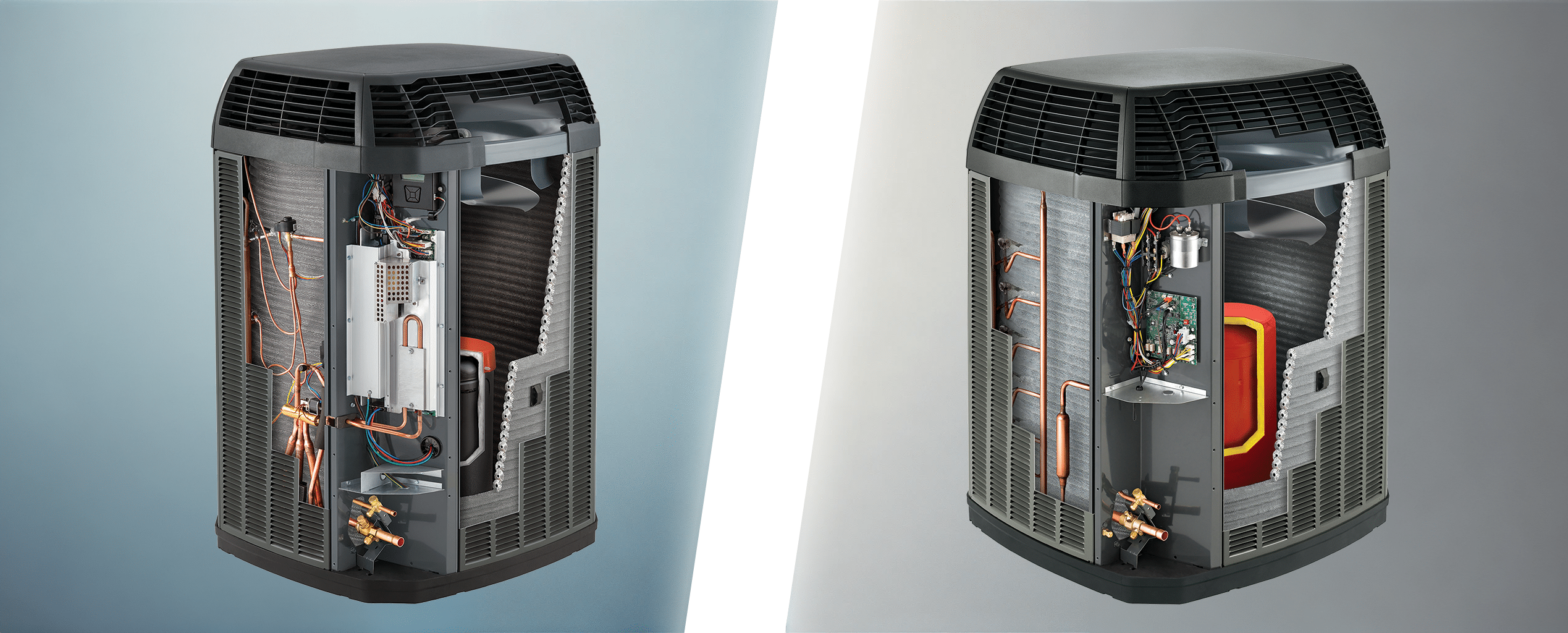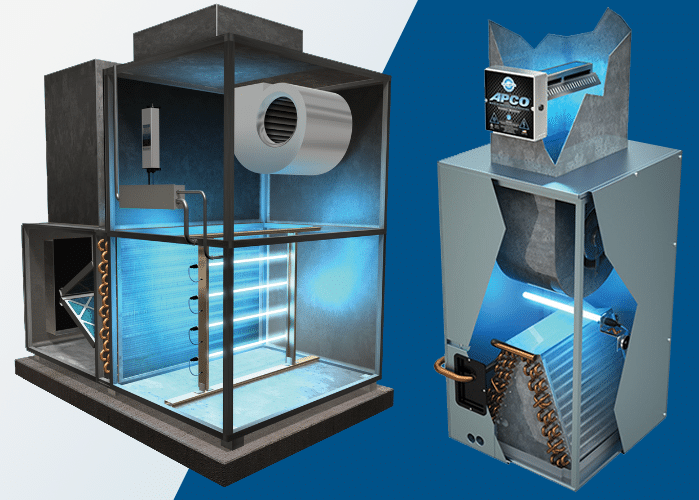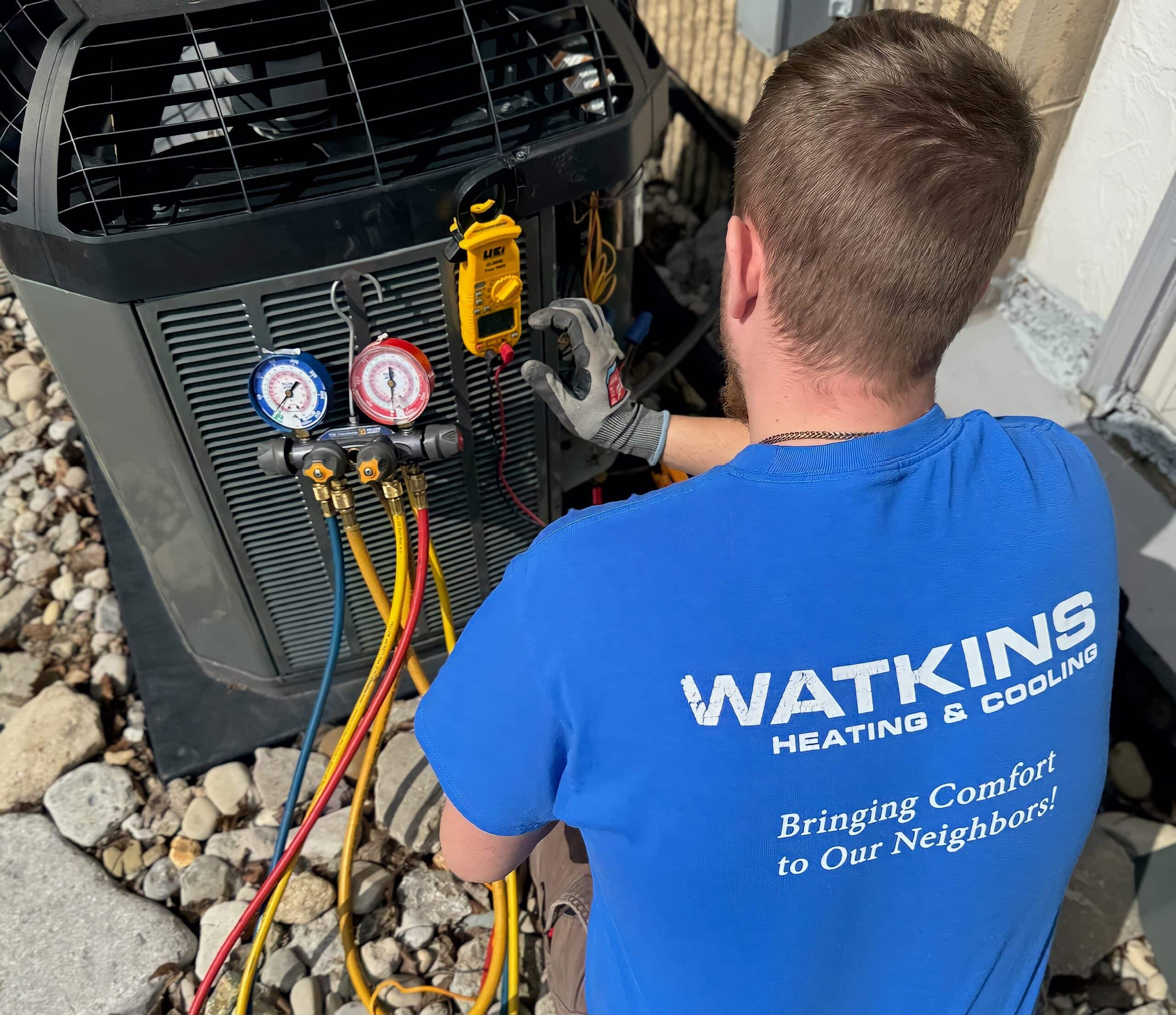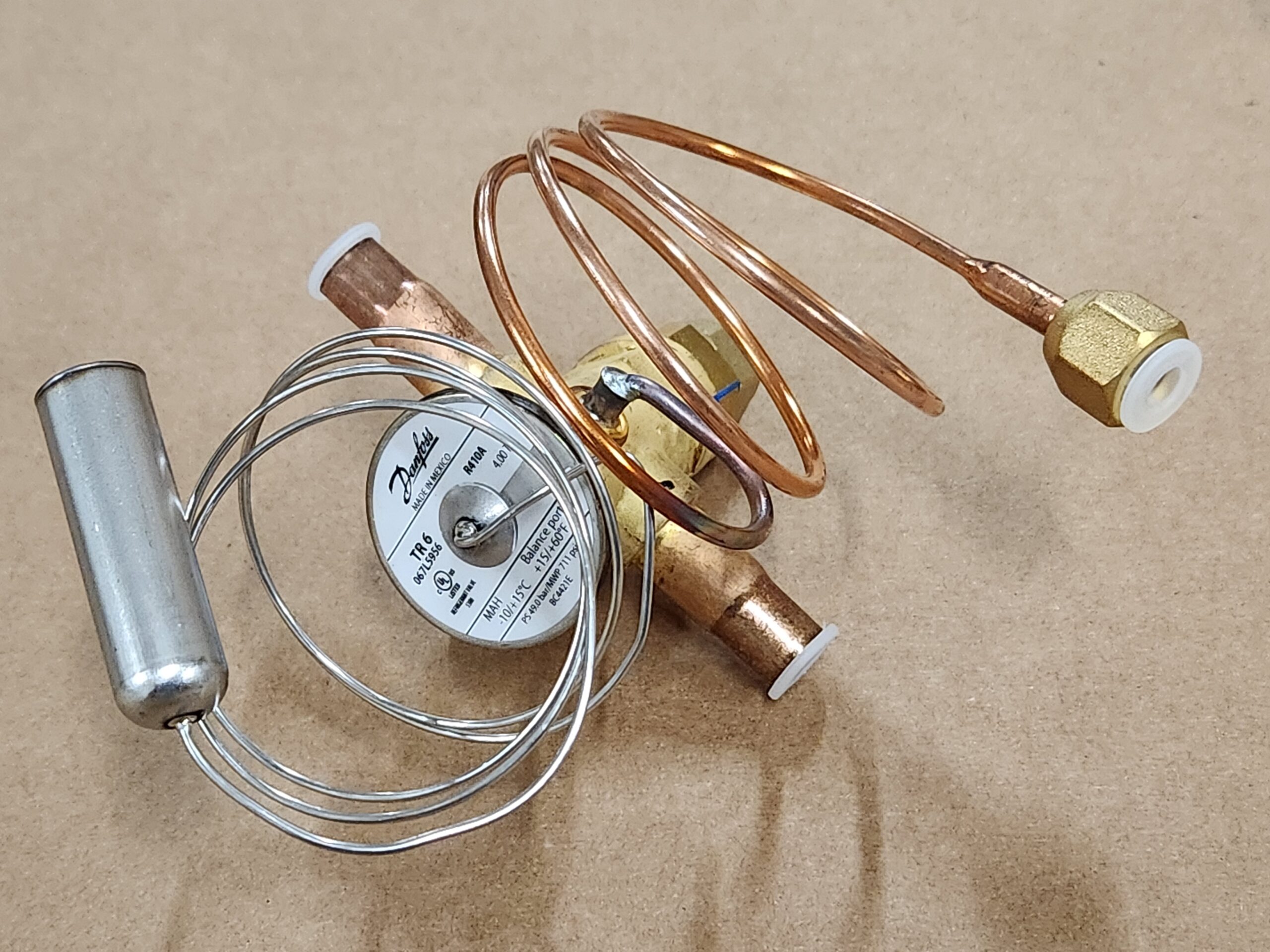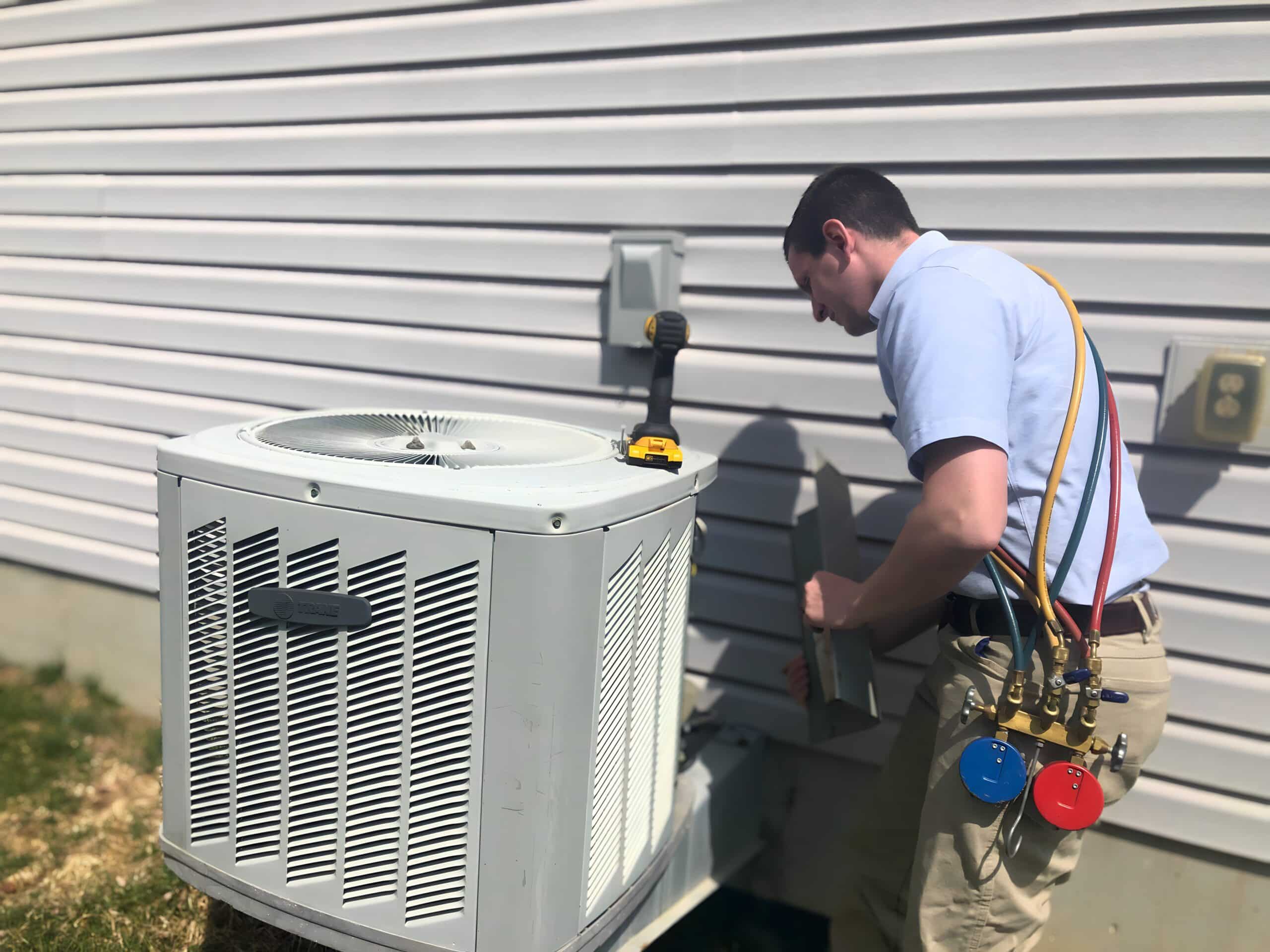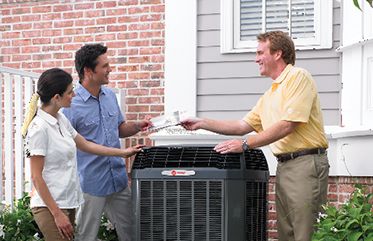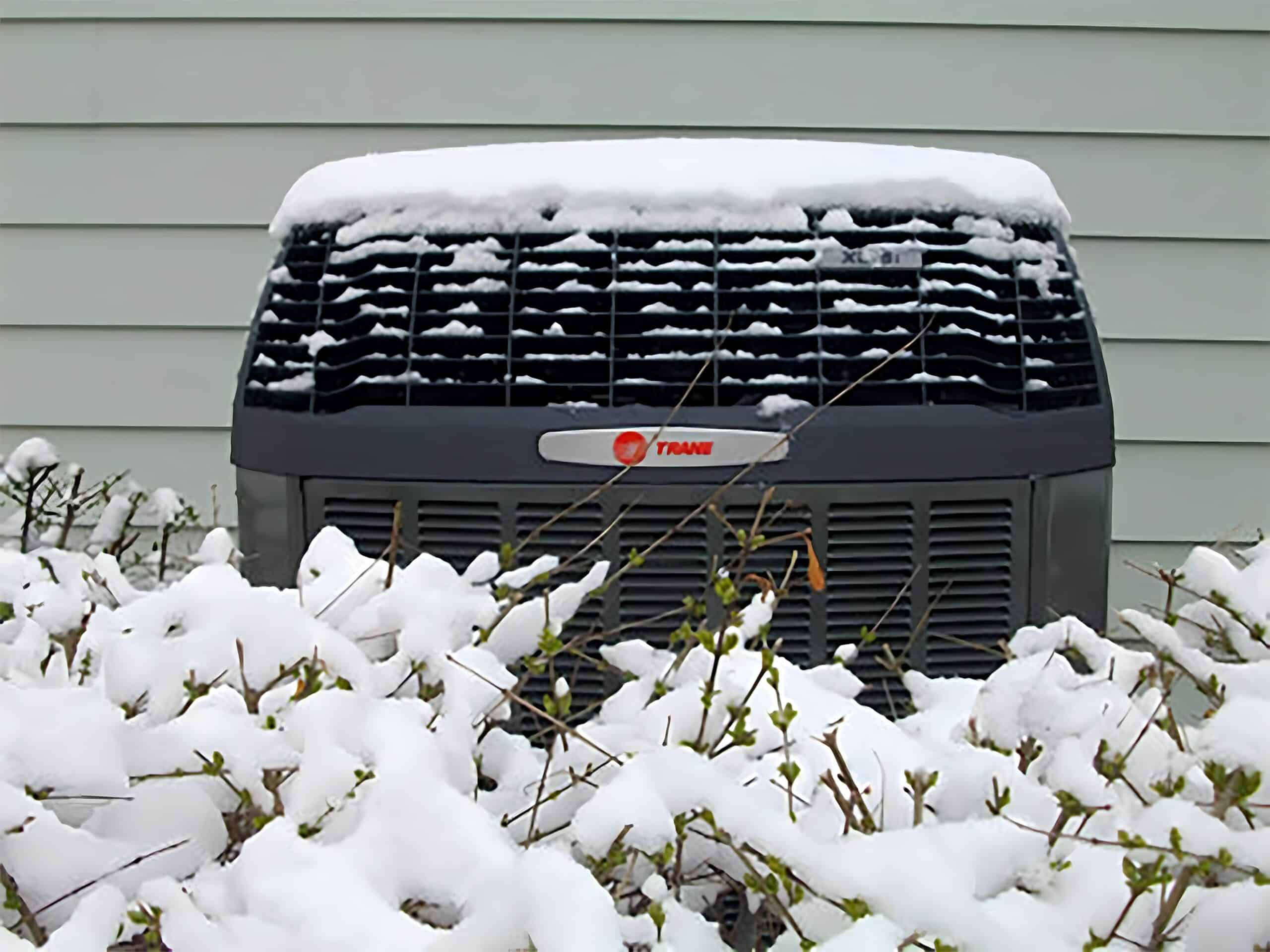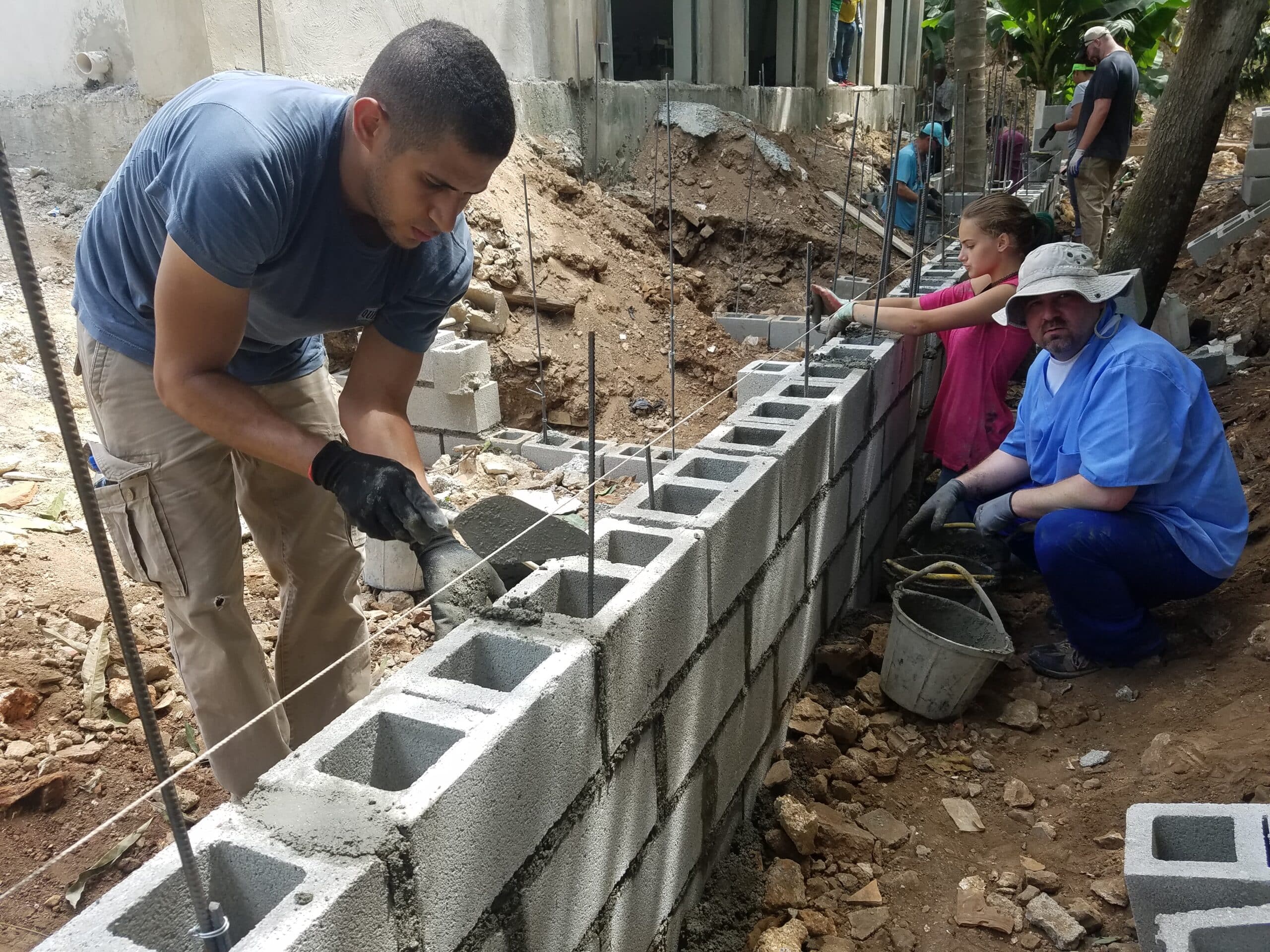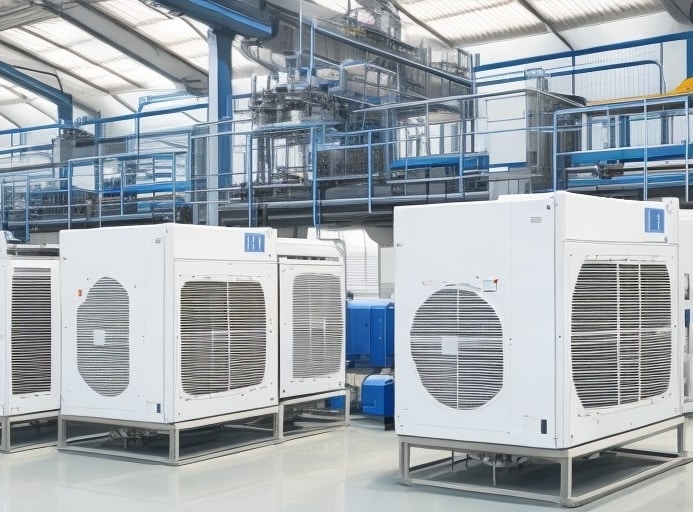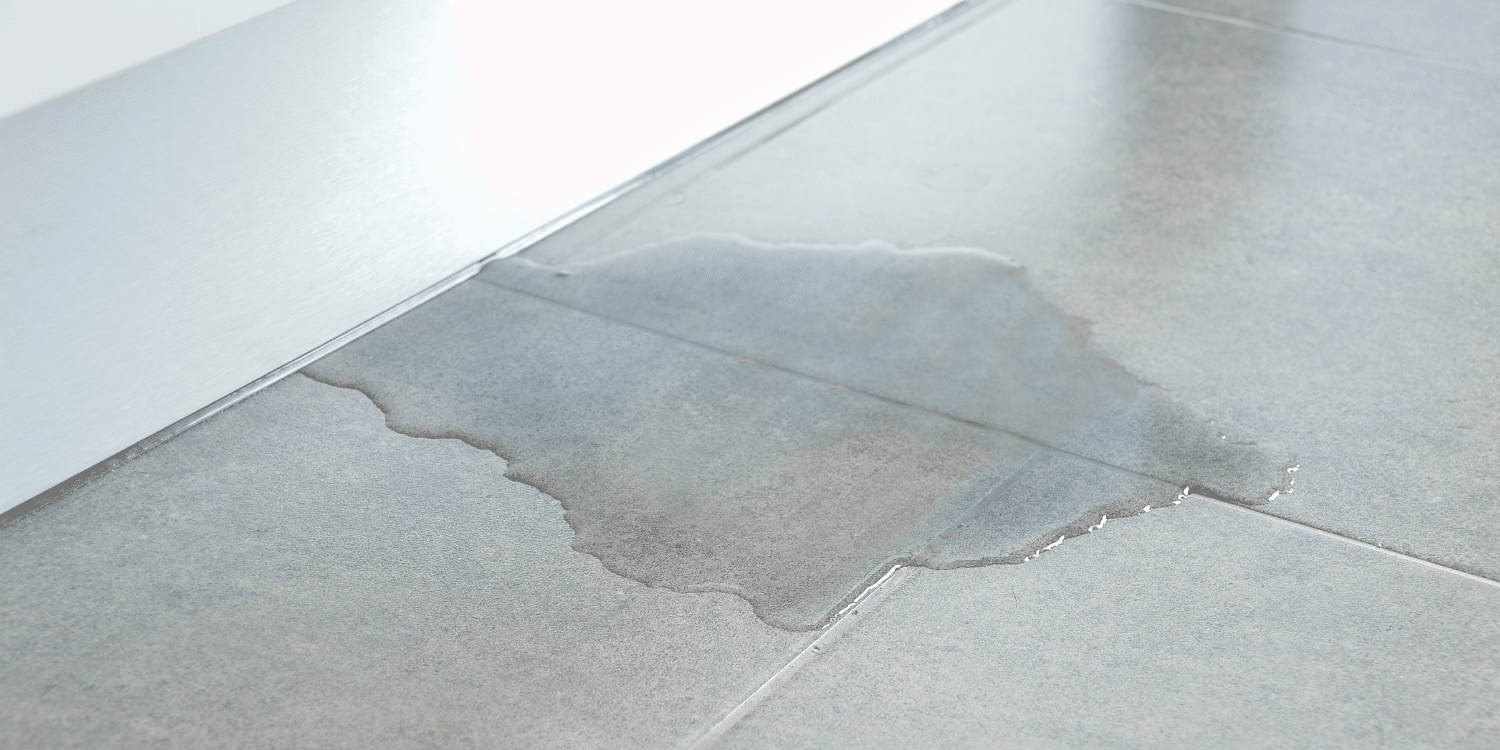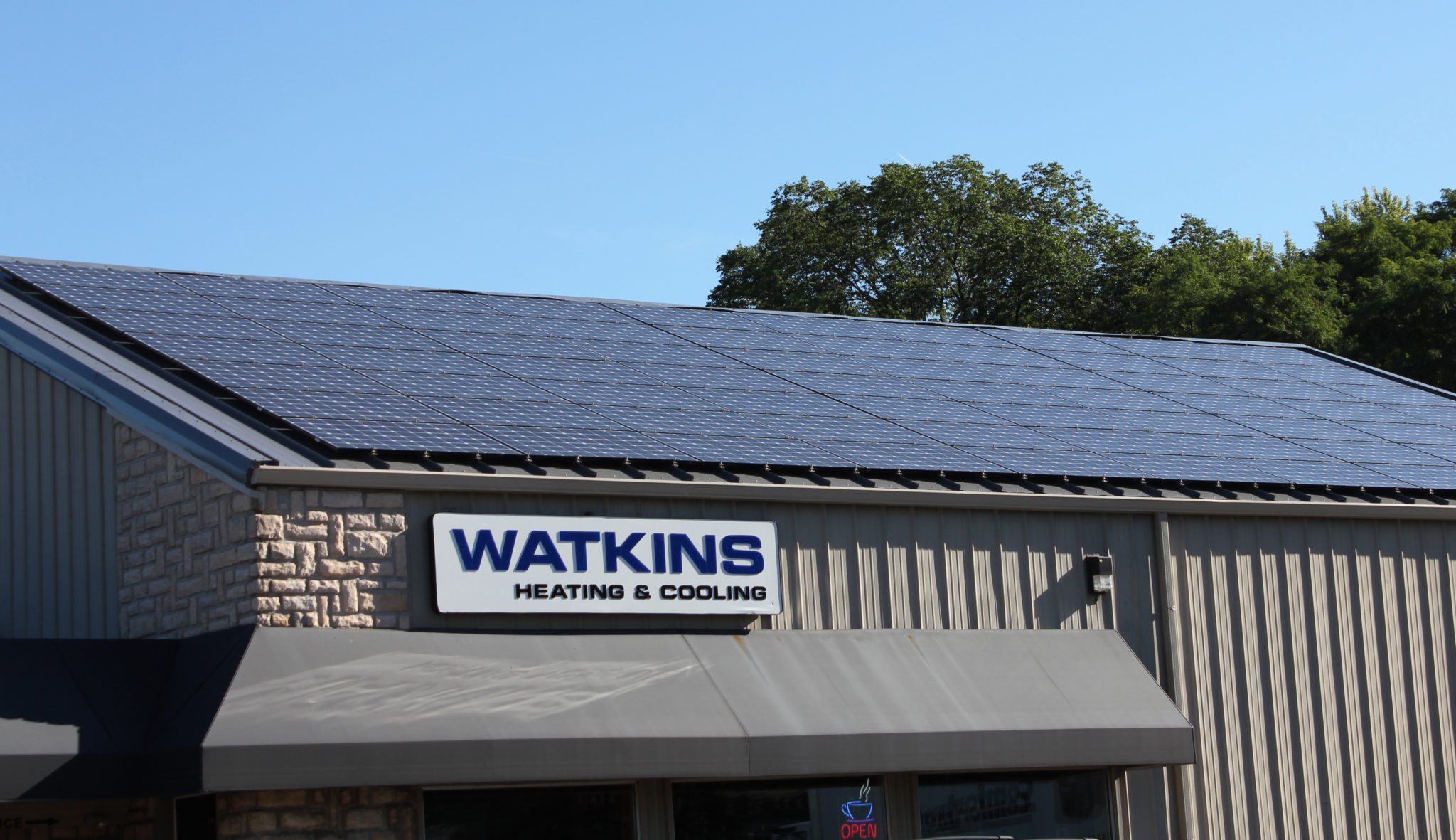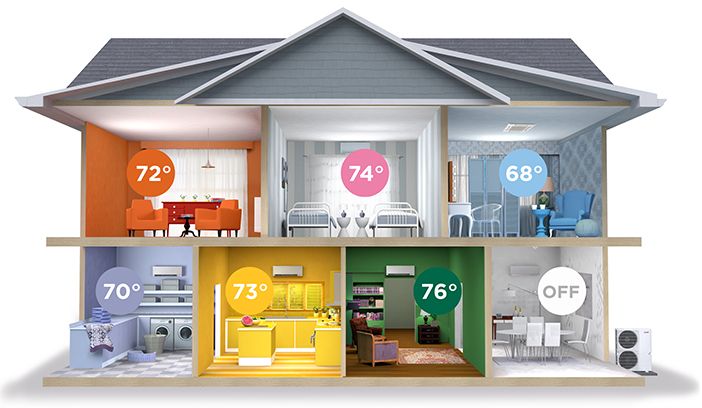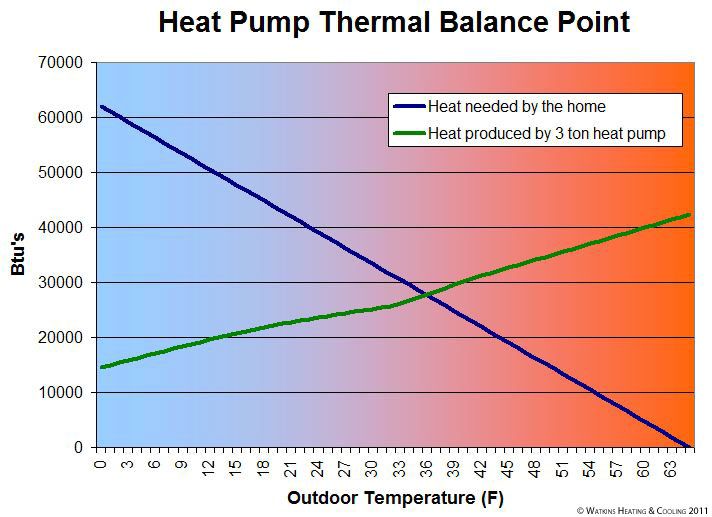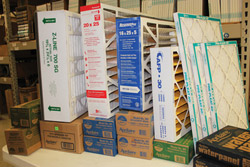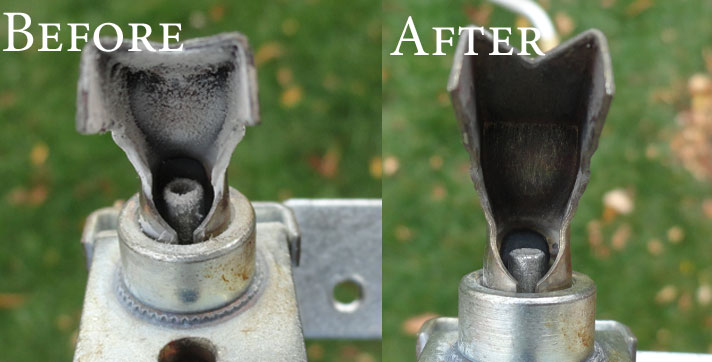Ideal Indoor Humidity Levels and the Benefits of Optimum Humidity
We all want a home that feels just right – a space that’s comfortable, cozy, and welcoming. Achieving the ideal indoor humidity level is a key factor in creating that perfect environment.
But it’s not just about feeling comfortable and cozy. Optimal humidity levels also play a critical role in improving indoor air quality and supporting your health. Let’s dive into what “normal humidity” looks like in a home, how it changes throughout the year, and why this matters for your family.
If you’re looking to solve extreme high and low humidity issues, check out our post here.
What Is the Ideal Indoor Humidity Level?
If you’ve ever wondered what the typical humidity level should be for your home, you’re not alone. Many homeowners ask us about finding the “sweet spot” for humidity. The answer depends on a few things that we’ll get into later, but here’s a great range to shoot for:
The ideal indoor humidity for humans and pets is around 45-55% relative humidity. This range promotes:
- A comfortable, balanced environment
- Healthy skin and hair for the people in your home
- Better respiratory health
- Well-hydrated sinuses and lungs, helping your body defend against colds and viruses
However, the best humidity level for your home isn’t always the same as the best humidity level for your health. And more importantly, the ideal humidity varies as the seasons change.
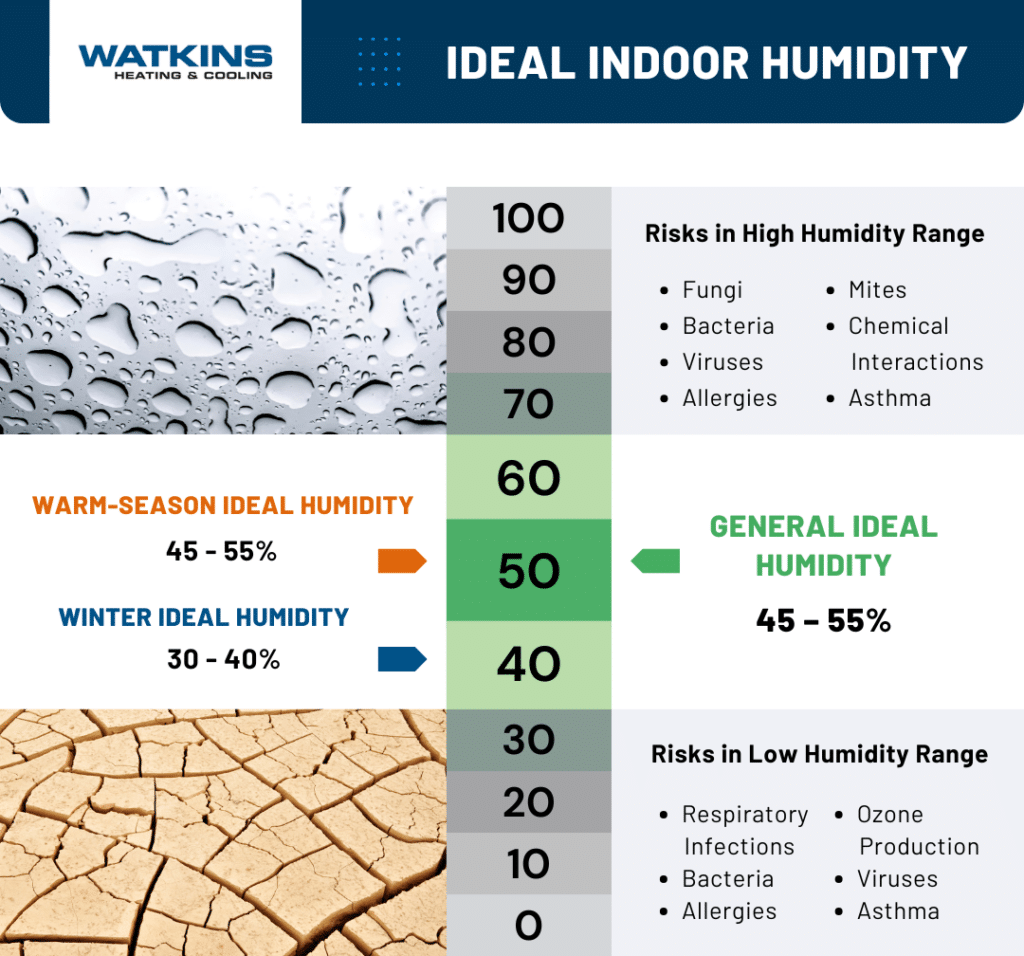
Understanding Relative Humidity
Before we get into the best indoor humidity levels for different seasons, let’s quickly explain what relative humidity means. Relative humidity (RH) tells us how much water is in the air compared to how much the air could hold at a given temperature:
0% relative humidity = Completely dry air.
100% relative humidity = Air that is fully saturated with water and can’t hold any more.
However, as the air gets warmer or cooler, the relative humidity level also changes, even if the amount of water in the air stays the same. Warm air is able to hold much more moisture than cold air. That’s why we struggle with dry air in the winter – cold winter air can’t hold as much water vapor. The only solution is to add moisture to the air in the winter, and remove excess humidity in the summer.

Ideal Indoor Humidity in the Winter
We established above that 45-55% humidity as the broad optimum range for health and comfort, but during colder months, this range can cause problems for your home.
Here’s what happens in the winter: as indoor air hits cold surfaces like windows or external walls, it cools down, causing the relative humidity to rise. That makes the air in those spots more humid than the rest of your house. When the levels in those areas rise above 65%, we start to see mold growth, woodwork damage, and even condensation!
For most homes in the Ohio Valley climate, the ideal humidity range in winter is typically 30-40%. In bitter cold temperatures (below 10 degrees Fahrenheit), the best humidity level for your home can be down to 20%.
This recommendation balances indoor humidity levels that are comfortable for your family while protecting your home from moisture damage. Even though 30% RH is not ideal for your health, it will help to avoid common winter issues like dry skin, irritated sinuses, and static electricity.
Optimum Humidity in Spring, Summer, and Fall
When the weather warms up, humidity becomes much easier to manage. For spring, summer, and fall, we recommend keeping your home’s indoor humidity within the 45-55% range. This level offers maximum comfort and health benefits, while also preventing issues like mold growth and dust mites.
When it’s warm out, your air conditioner plays a huge role in maintaining normal humidity levels during hot weather. When correctly sized and installed, your A/C should keep humidity in the ideal range above by removing moisture from the air while cooling your home. Premiere units like the Trane XV20i Air Conditioner do an unparalleled job of maintaining optimal indoor humidity levels. Variable-speed units like the XV20i even give your the ability to set a target humidity level and the system then works to balance humidity and temperature levels.
Keep in mind that variations in humidity are normal. Activities like cooking and hot showers rapidly increase indoor humidity and it can take a few hours for your AC unit to stabilize levels again. Precise control is harder to achieve than with temperature settings. Still, staying within the 45-55% range ensures your home feels comfortable without excess stickiness or dryness.

Health and Comfort Benefits of Optimal Humidity
Maintaining optimal humidity levels doesn’t just make your home feel better – it also brings significant health and comfort advantages.
Respiratory Health and Immunity
Balanced humidity improves the air quality and supports your respiratory system by reducing irritants like dust, mold, and allergens. Proper humidity keeps your airways moist, reducing the risk of sore throats, itchy eyes, dry noses, and other irritations. Moist airways are your body’s primary defense against viruses!
Sleep Quality
Ever wake up with a dry throat or stuffy nose? That could be due to improper humidity. Keeping your home in the ideal humidity range promotes restful sleep by preventing nasal and throat dryness, helping you wake up refreshed and ready to tackle the day.
Pet Health
Your furry family members benefit from balanced humidity too! Pets are sensitive to extremes, and overly dry or damp air can cause respiratory discomfort or skin issues. A consistent normal humidity level ensures that all members of your household – both human and animal – stay healthy and happy.
Benefits for Your Home and Furniture
Humidity doesn’t just impact people and pets; it affects your home as well. Wooden floors, furniture, and structural elements are particularly vulnerable to excess moisture or not enough moisture.
Maintaining normal humidity levels protects your home furnishings by keeping their wood elements in prime condition. This can save you money on repairs and replacements! Here are some of the home issues you can help prevent with optimum humidity:
- Dried and cracked woodwork
- Swelling, warping, or cupping wood floors
- Mold and mildew
- Musty smells
- Rotted windows sills
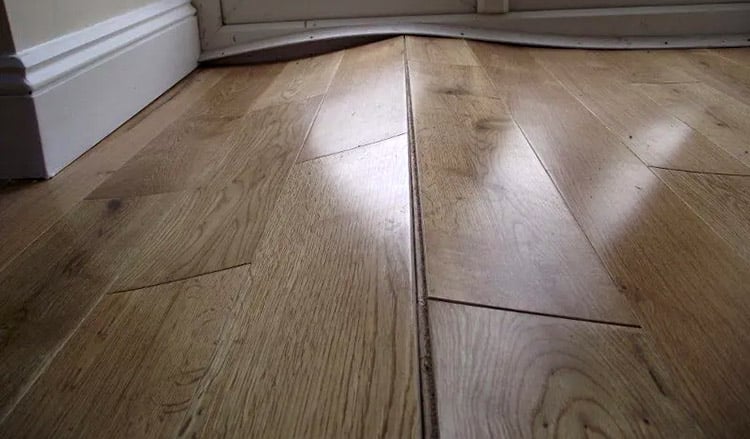
Proper Indoor Humidity Saves Energy and Money
Did you know that optimal humidity can also save you money on energy bills? Here’s how:
In dry, winter air, your body loses water through evaporation, making you feel colder, even at higher thermostat settings. Proper humidity allows you to feel comfortable at a lower temperature, reducing heating costs.
In warm, summer air, ideal humidity levels make the air feel cooler, so you can set your thermostat a few degrees higher while still staying comfortable.
Studies show that maintaining ideal humidity can save 3-5 degrees on your thermostat settings, lowering energy consumption and your bills! This also reduces the workload on your HVAC system, increasing its lifespan.
Solutions for Maintaining Optimal Humidity
Maintaining an ideal indoor humidity level is essential for protecting your family’s health, improving air quality, and preserve your home’s structure and furnishings. Luckily there are some easy solutions to achieve balance.
- In the winter, the only surefire way to maintain ideal humidity is with a whole-house humidifier. This could be a simple bypass humidifier or a powerful steam humidifier. Aprilaire offers a wide variety of humidifiers to assist in controlling home humidity.
- In the summer, when the air is moist, or the spring and fall when your A/C isn’t running, a dedicated dehumidifier will help remove unwanted humidity. Aprilaire also has many different dehumidifiers.
- Investing in a modern air conditioner and heating system will give you technology that includes state of the art humidity control features. These newer systems are designed to maintain normal humidity levels.
Our Watkins Heating & Cooling service team can help you decide which appliance is the best for maintaining optimum humidity in your home!






